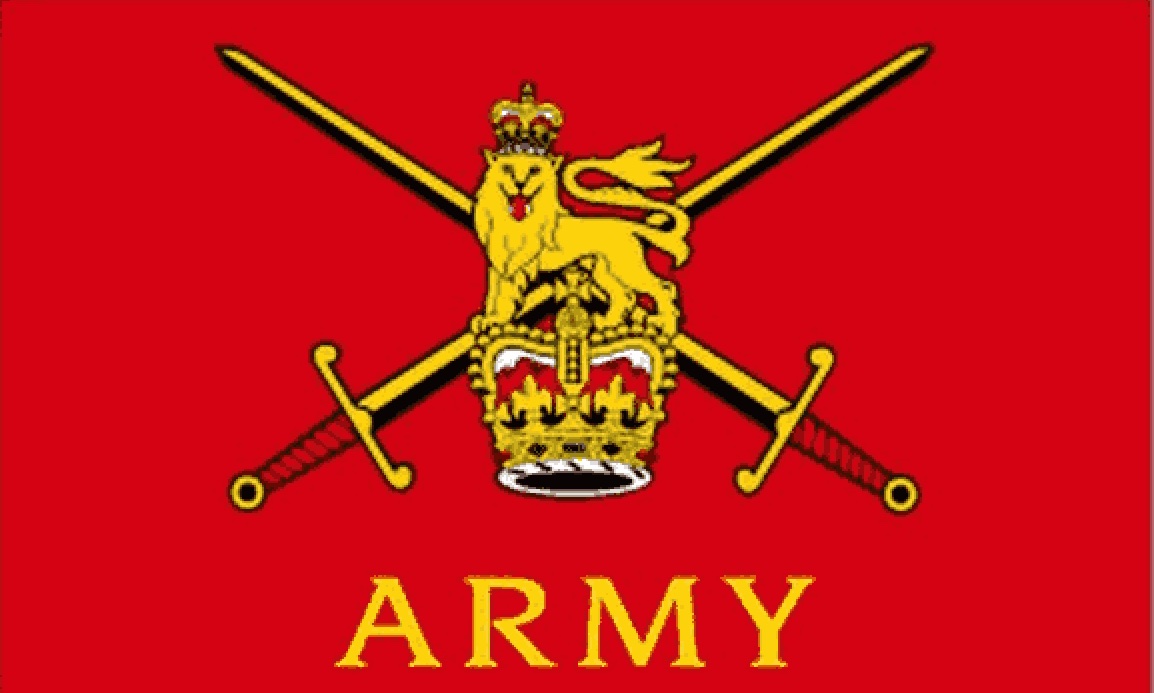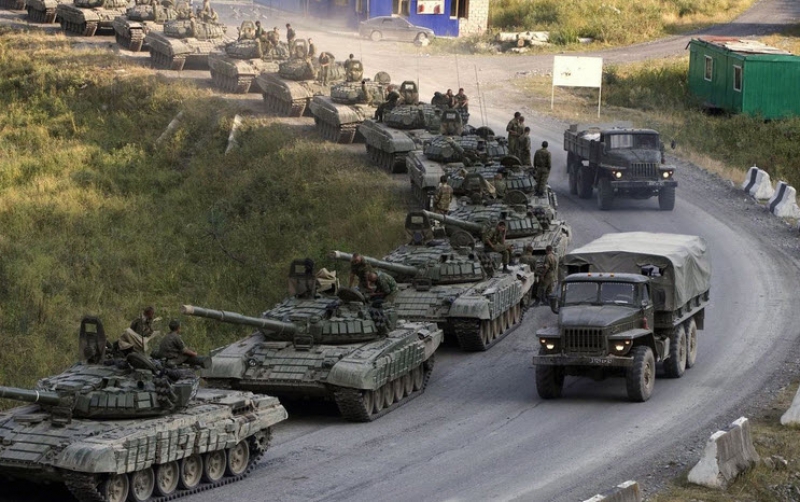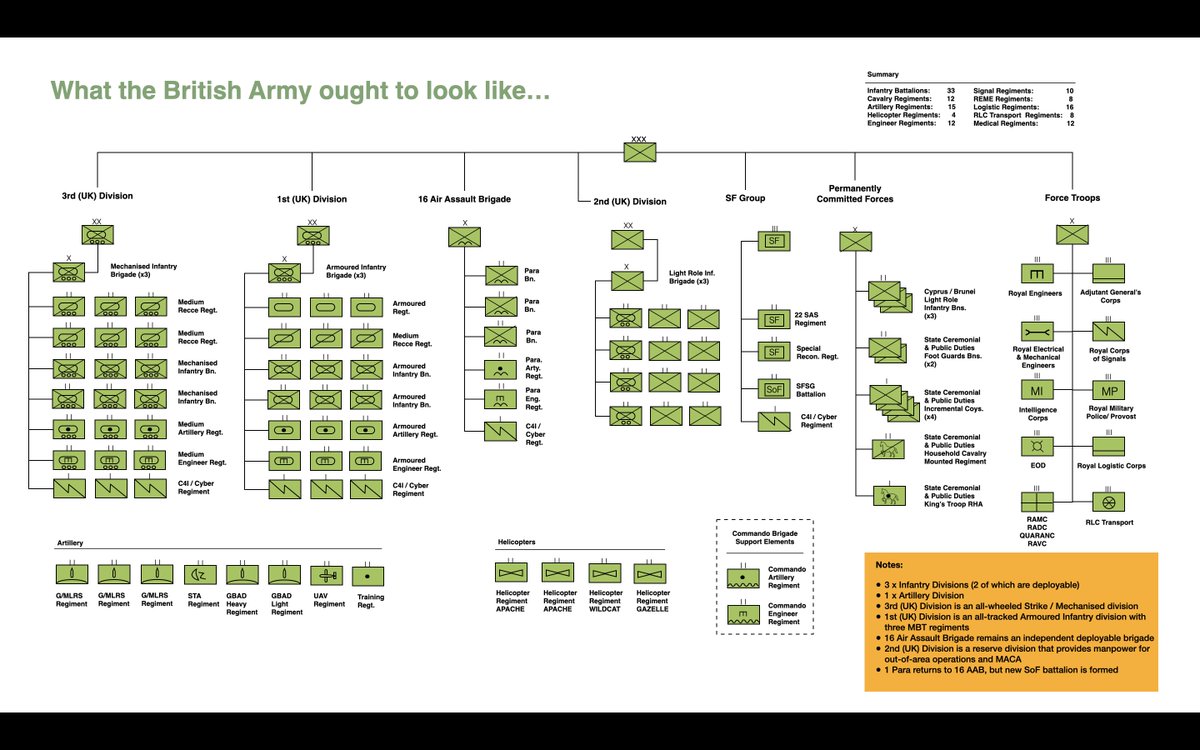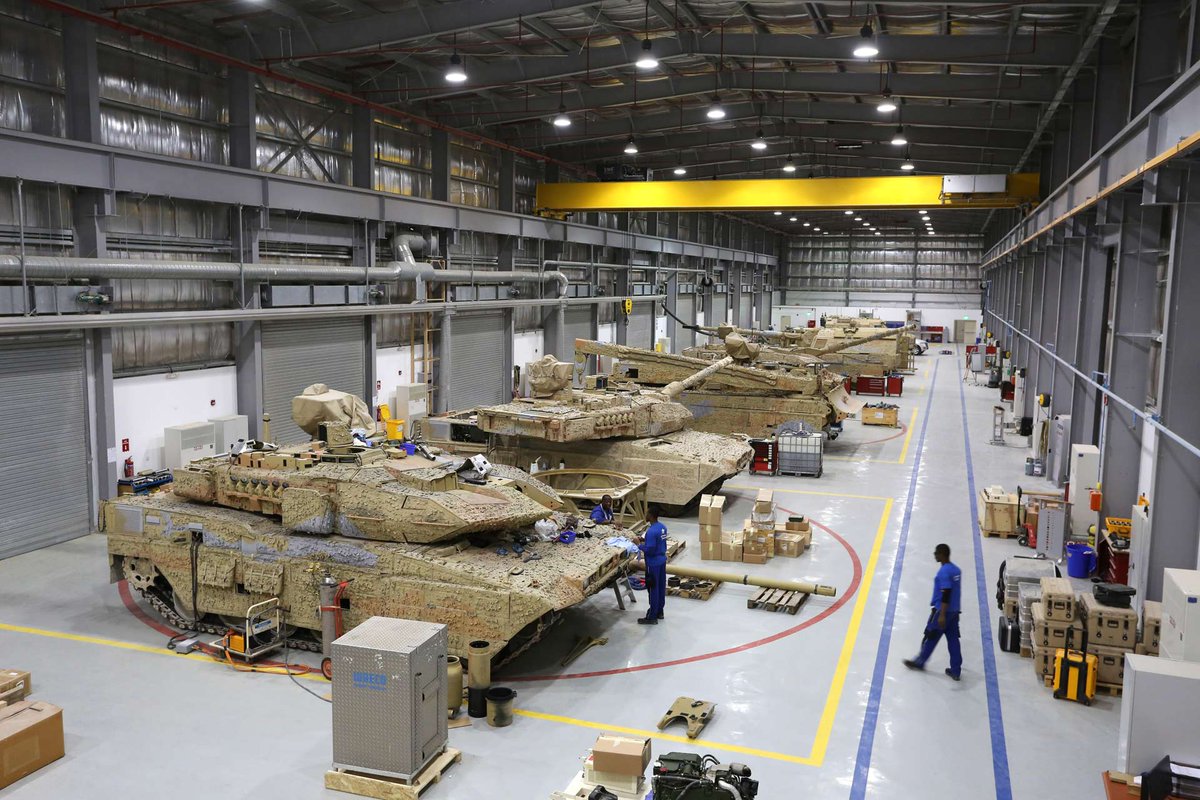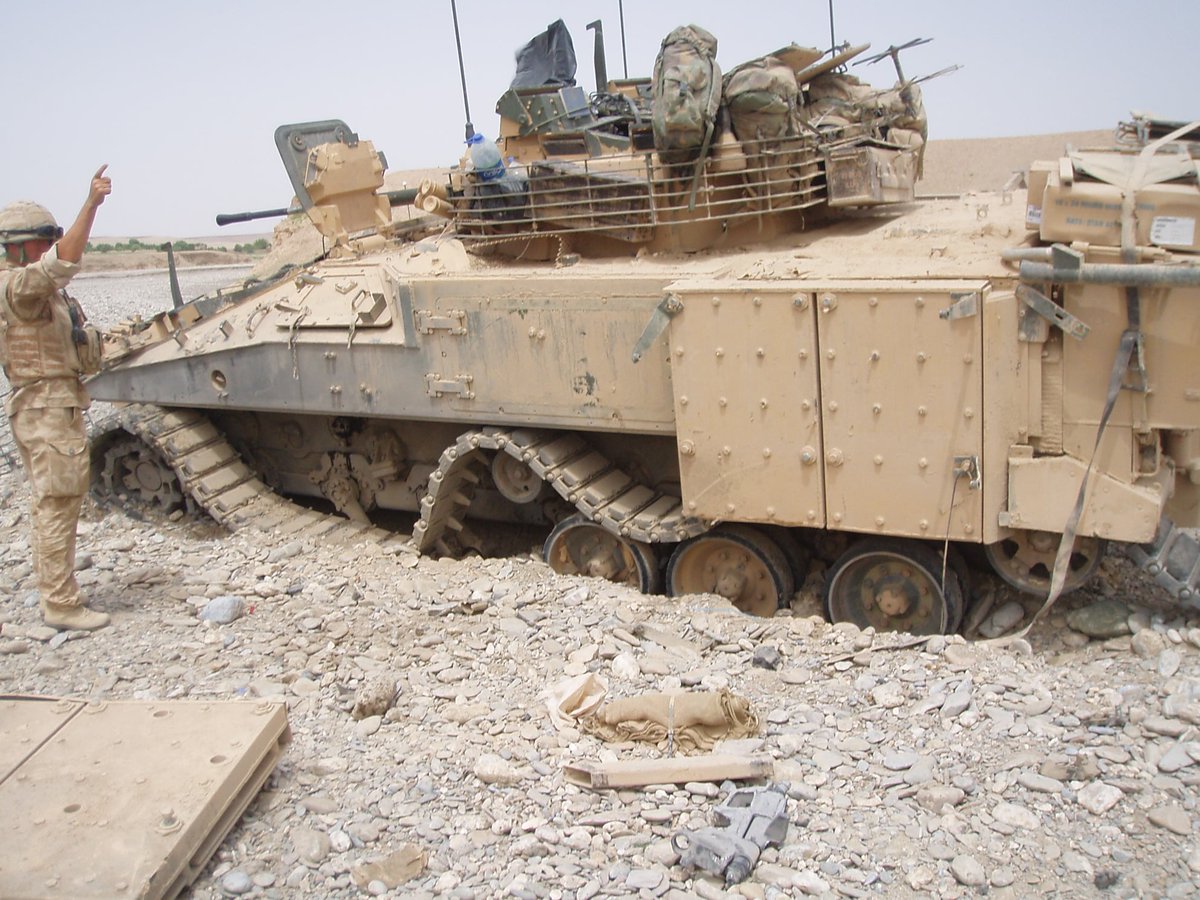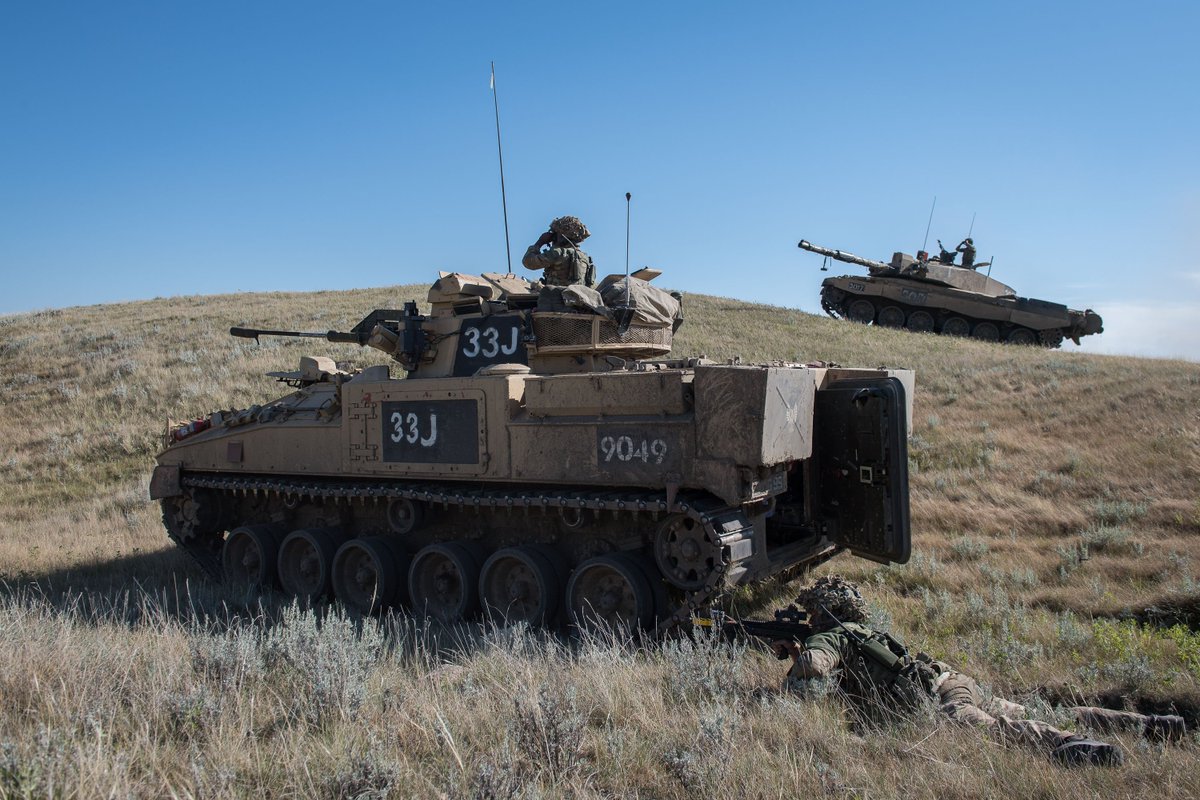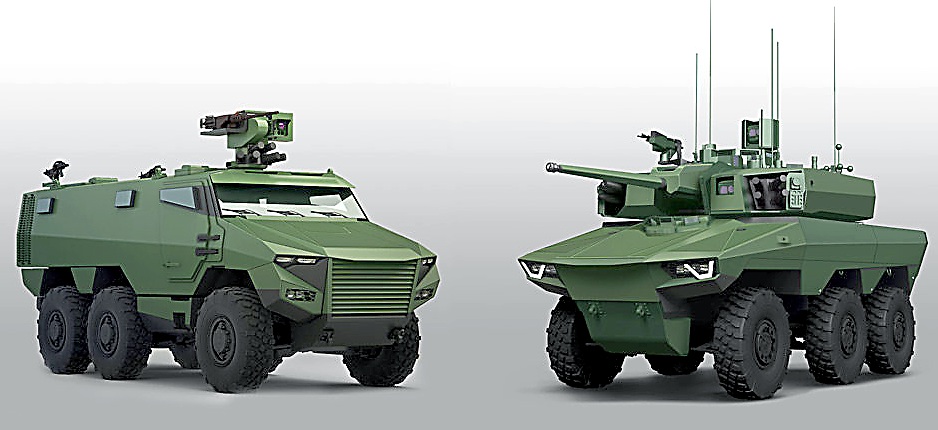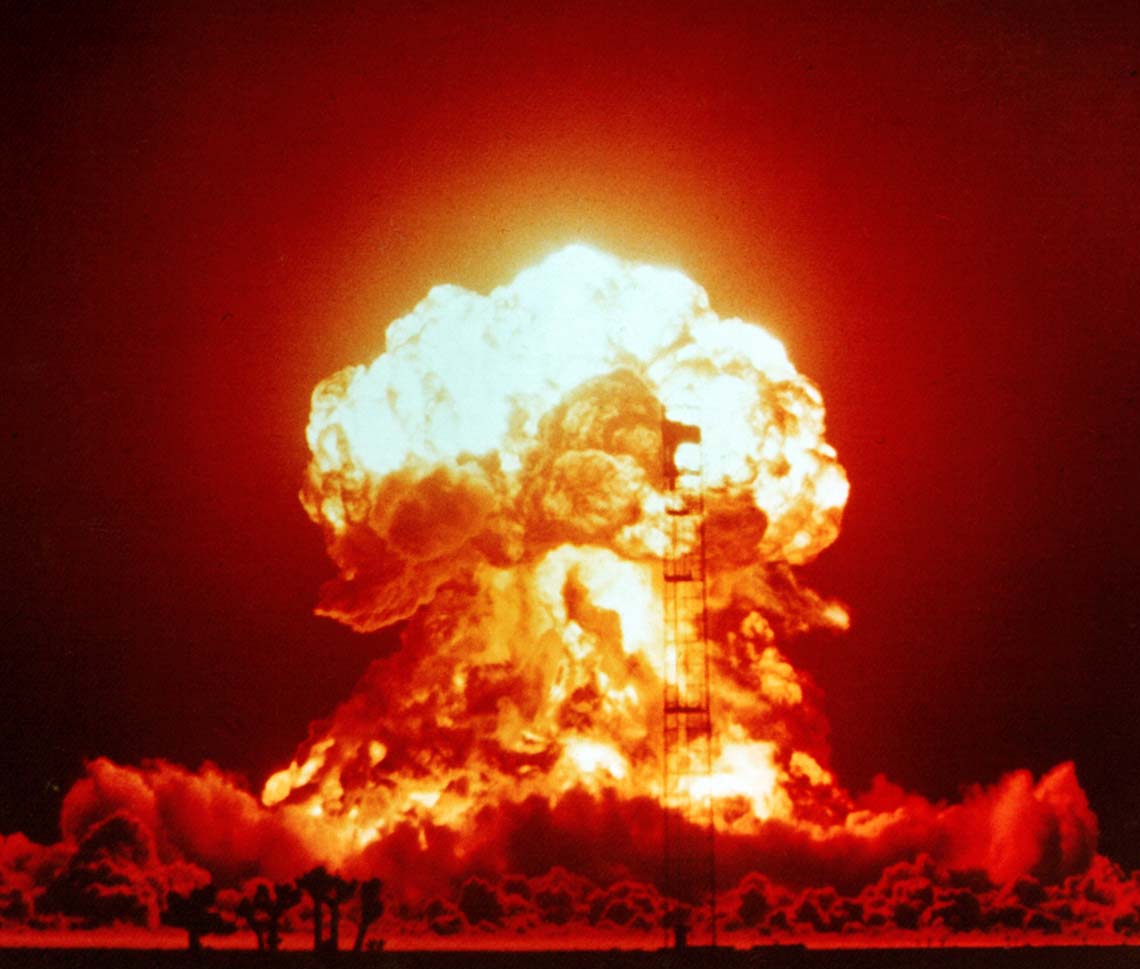THE BRITISH ARMY & THE INTEGRATED REVIEW (Thread)
I& #39;ve repeated the need for Army to have two deployable divisions. It’s what previous SDSRs advocated before Iraq & Afghanistan. It’s what most of our NATO allies have. It may also be a minimum credible force structure.
(1 of 18)
I& #39;ve repeated the need for Army to have two deployable divisions. It’s what previous SDSRs advocated before Iraq & Afghanistan. It’s what most of our NATO allies have. It may also be a minimum credible force structure.
(1 of 18)
Since 2014, we& #39;ve seen a resurgence of peer threats. Russia could potentially seize the Baltics. China could strike to protect interests acquired in Africa or invade Taiwan. North Korea & Iran remain problematic. It means we must invest in high-end capabilities.
(2 of 18)
(2 of 18)
An army prepared to counter peer threats can easily adapt to address asymmetric threats. But the reverse is not true, because there is no way to cut the time it takes to generate fully-equipped armoured forces.
(3 of 18)
(3 of 18)
Why do we need divisions? Divisions are the smallest type of combat formation that deploys with a full complement of combat support (CS) & combat service support (CSS) assets needed to sustain it, e.g, artillery, engineer, bridging and logistics.
(4 of 18)
(4 of 18)
And why two divisions? Typically, we will deploy forces in partnership with our NATO allies. If each nation contributes a self-contained division that is fully supported, we will together field more potent Corps and Army Groups with fewer interoperability issues.
(5 of 18)
(5 of 18)
A division will typically be able to operate for 6 months before it needs to be relieved. If combat is particularly intense, the rotation may need to be sooner. With two deployable divisions, we should be able to sustain operations for 12 months. This is crucial.
(6 of 18)
(6 of 18)
12 months is the amount of time needed to generate a third division, but also to expand the Army for a longer-term conflict. If you believe the long-lead items associated with AFV manufacture require a timeline of 18 months, then this justifies 3 deployable divisions.
(7 of 18)
(7 of 18)
With the Army Reserve configured to provide CS & CSS assets, it should be straightforward to generate a third division within 12 months and to comprehensively expand the Army within 18 months. Without 2 divisions, the Army risks being a spent force after 6 months.
(8 of 18)
(8 of 18)
Another advantage of two deployable divisions is that it enables you to sustain a single brigade in theatre, e.g. for counter-insurgency roles, almost indefinitely. We should remember that counter-insurgency campaigns invariably require long-term force commitments.
(9 of 18)
(9 of 18)
To enable two deployable divisions to be effective across multiple scenarios, one could be a rapid response, wheeled mechanised infantry division; the other could be a robust tracked armoured division. Both should be able to counter peer adversaries.
(10 of 18)
(10 of 18)
Each division ought to have 3 brigades to enable efficient force generation cycles: one deployed, one preparing to deploy and one resting & reforming after deployment. To achieve this would require a Regular Army of 90-100k, plus an Army Reserve of 25-30k.
(11 of 18)
(11 of 18)
With two strike brigades, two armoured infantry brigades plus an air assault brigade, as envisaged by the Army 2025 plan, we are not a thousand miles away from having two deployable divisions. However, some believe that Army 2025 is unachievable with present funding.
(12 of 18)
(12 of 18)
The impact of Brexit & COVID-19, plus the cost of additional headcount, weapons & equipment mean that two deployable divisions are unaffordable and unrealistic in the short-term. But, long-term, it& #39;s what a credible army looks like and what should aspire to generate.
(13 of 18)
(13 of 18)
In the short-term, it may make sense to focus on resourcing a single deployable division with three identical brigades. We could establish the structure for a second deployable division and gradually resource it with CS and CSS as the budget allows.
(14 of 18)
(14 of 18)
The question is what should this division look like? Should it be a Strike Division built around Ajax & Boxer? Or an Armoured Division built around Challenger & Warrior? Or should it be a mixed, multirole division? I& #39;ll let any replies to this determine the answer.
(15 of 18)
(15 of 18)
Resourcing the Army to counter peer adversaries hasn& #39;t been such a high priority since 1990. Credibility is important to achieve a deterrent effect, so we should be concerned that the Army is well equipped enough to take its place besides our US and European allies.
(16 of 18)
(16 of 18)

 Read on Twitter
Read on Twitter